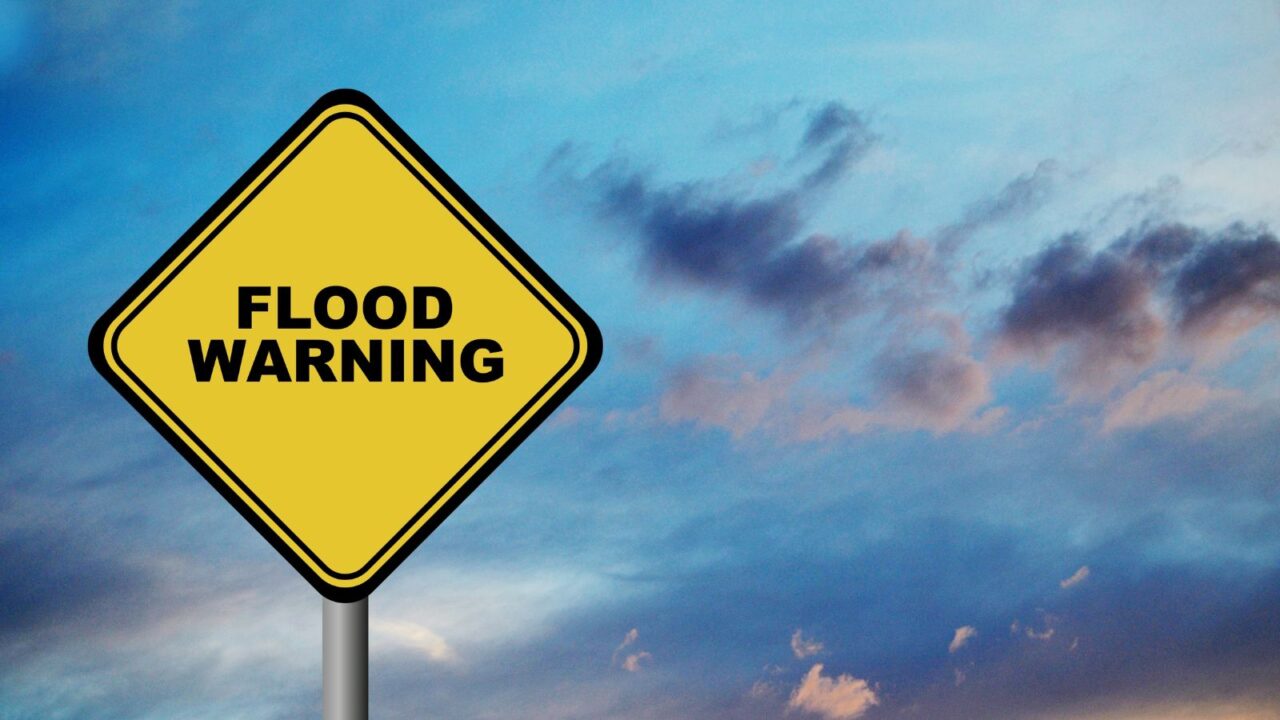
A Wake-Up Call for Summer Travelers
Flash floods have hit the East Coast hard this July, disrupting travel plans from New York to Virginia. With record-breaking rain, flooded roads, and airport chaos, travelers are facing serious risks.
Whether you’re on a summer trip or planning one, it’s crucial to stay informed. This guide breaks down the latest updates, safety tips, and smart moves every traveler should know when heading to or around the East Coast. Because when flash floods hit, even a few minutes of preparation can make all the difference.
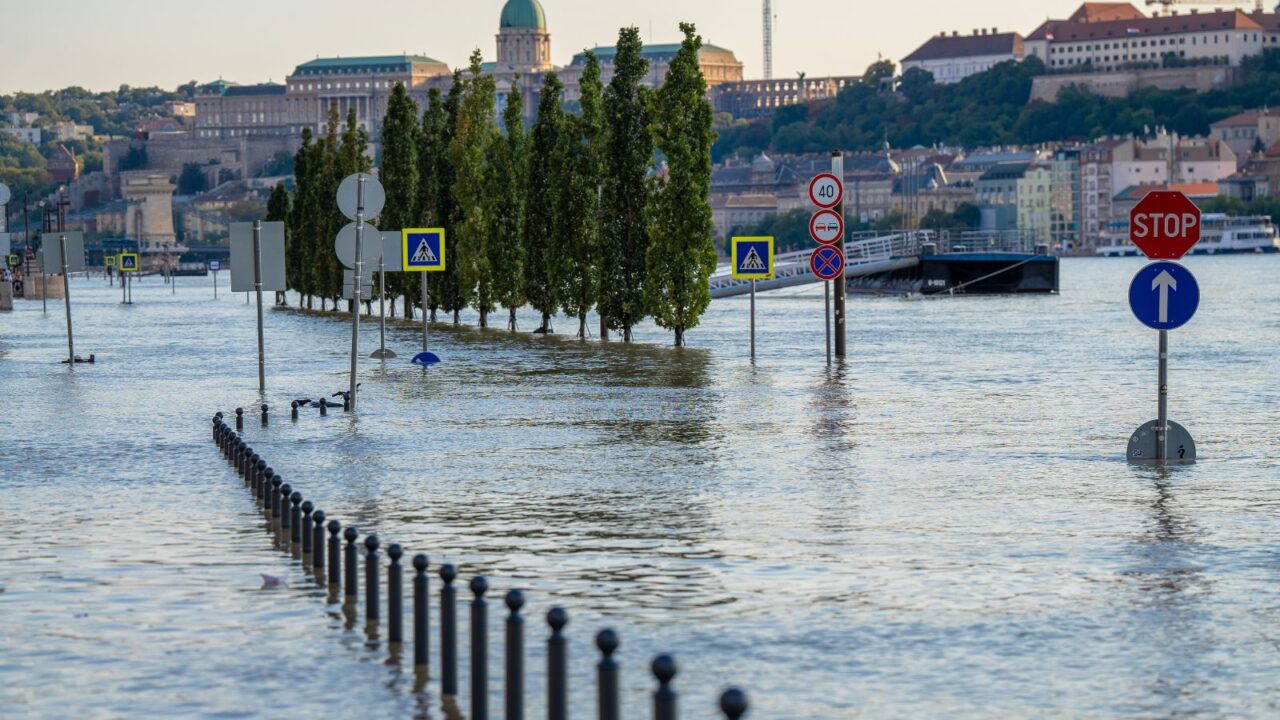
The Storm That Shook the East Coast
On July 14, 2025, the East Coast got slammed by record-breaking rain. New York, New Jersey, Pennsylvania, and Virginia saw streets turn into rivers within hours.
New Jersey even declared a state of emergency as water poured into cities and towns. Sadly, at least two people lost their lives when their car was swept away.
First responders scrambled to rescue dozens from stranded cars and even subway stations.

Transit Trouble
If you thought subways and highways were your safest bet, think again. NYC subway stations flooded fast, forcing some lines to shut down completely.
Over in New Jersey, major roads like Route 22 and Route 27 became totally impassable. Drivers were stranded, and emergency teams had their hands full. Even if you’re not in a flood zone, nearby flooding can block major routes, delay public transport, or leave you stuck in traffic for hours.
That’s why checking your route ahead of time is more important than ever during storm season.
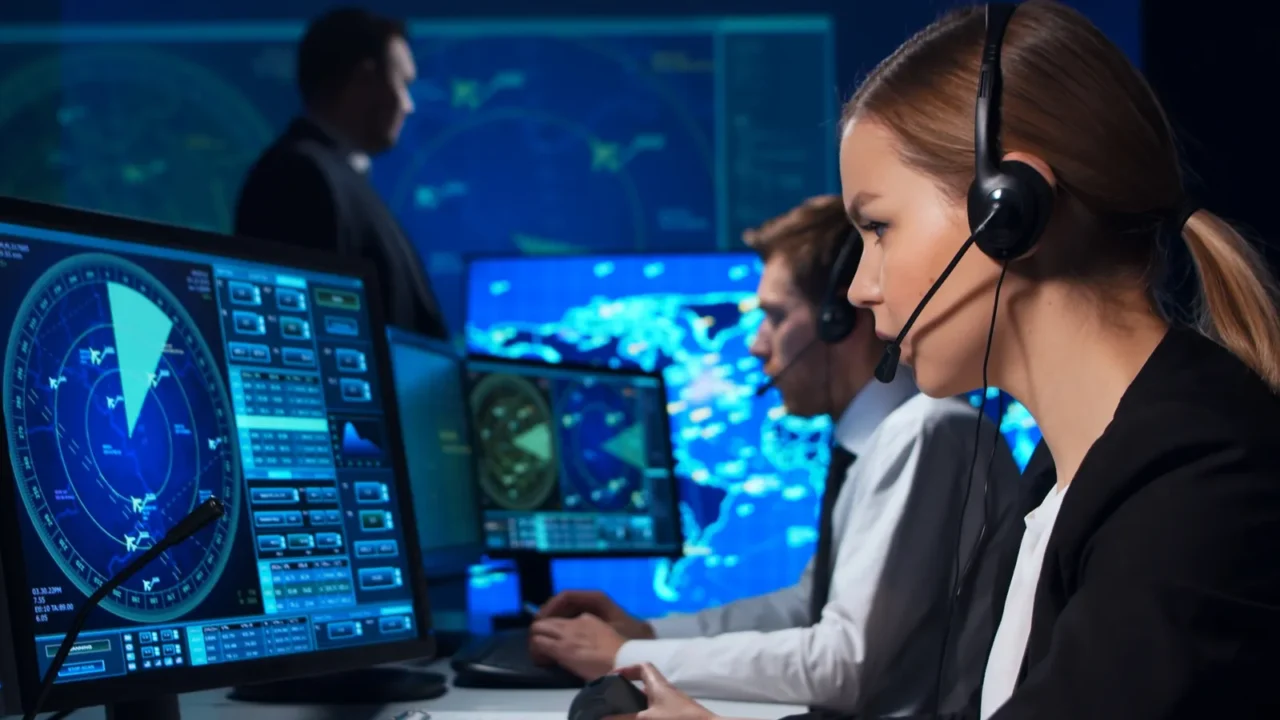
Airports in Chaos
Planning to fly? You’ll want to double-check your itinerary. Airports across the East Coast faced cancellations and long delays when the rain refused to let up. Some runways were waterlogged, making takeoffs impossible.
Even after the storm cleared, the backup of delayed flights caused ripple effects across the country. If your travel plans involve flying into or out of the region, keep an eye on alerts and get ready for sudden changes.
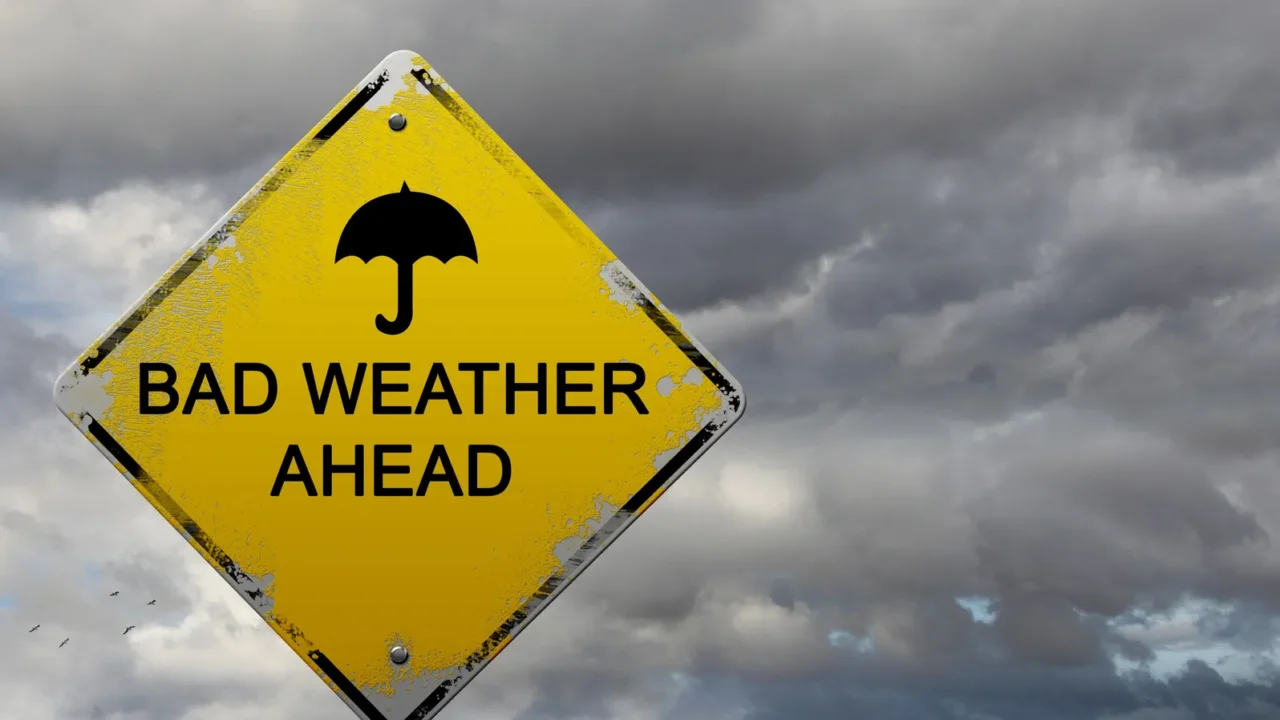
Why Is Flash Flooding So Intense This Year?
Storms really are hitting harder in 2025. Meteorologists point to record humidity, which makes the air hold more moisture. More moisture means heavier rain falling faster than usual. Add that to warm temperatures, and you’ve got the perfect setup for flash floods.
In fact, this year alone, the National Weather Service issued nearly 100 flash flood warnings in a single day, the highest number ever recorded for July in the region.
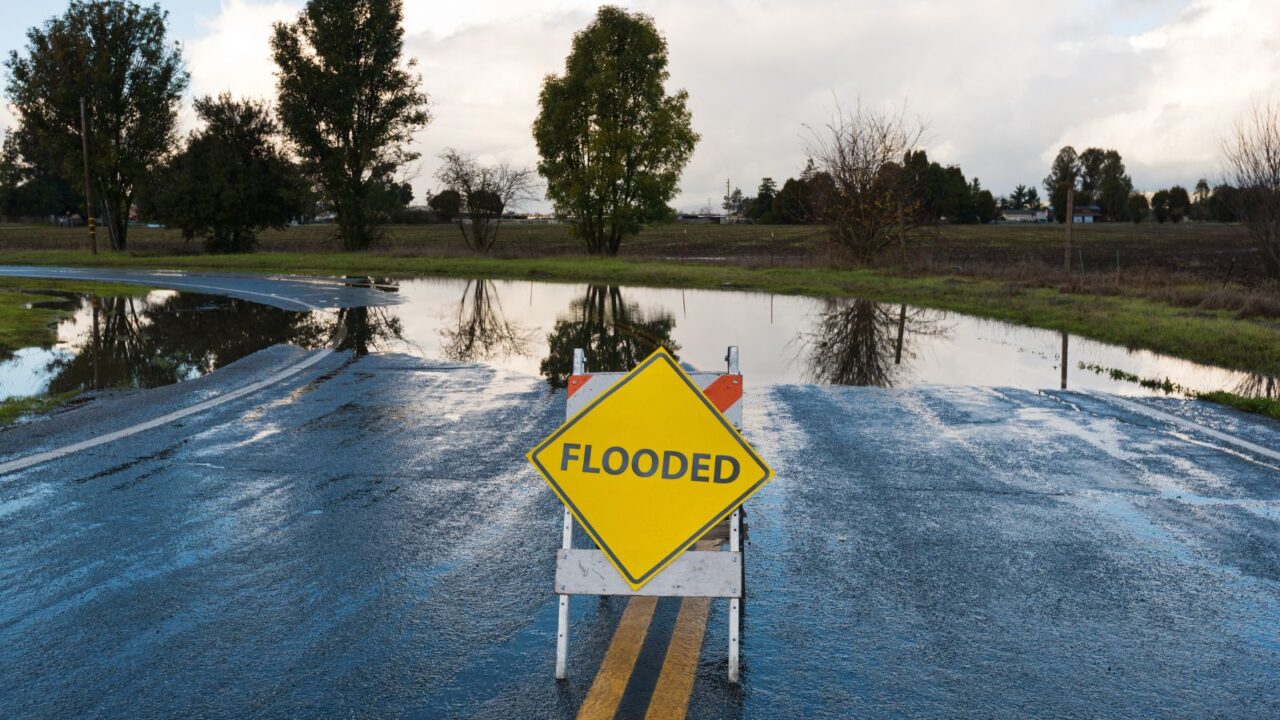
How Fast Can a Flash Flood Hit?
One of the scariest things about flash floods is how quickly they strike. Unlike storms you can see coming, flash floods can happen within minutes of heavy rain starting. Sometimes, there’s no visible warning at all.
This is especially true in cities, where poor drainage or clogged sewers make the water rise dangerously fast. If you see a Flash Flood Warning, don’t wait around.
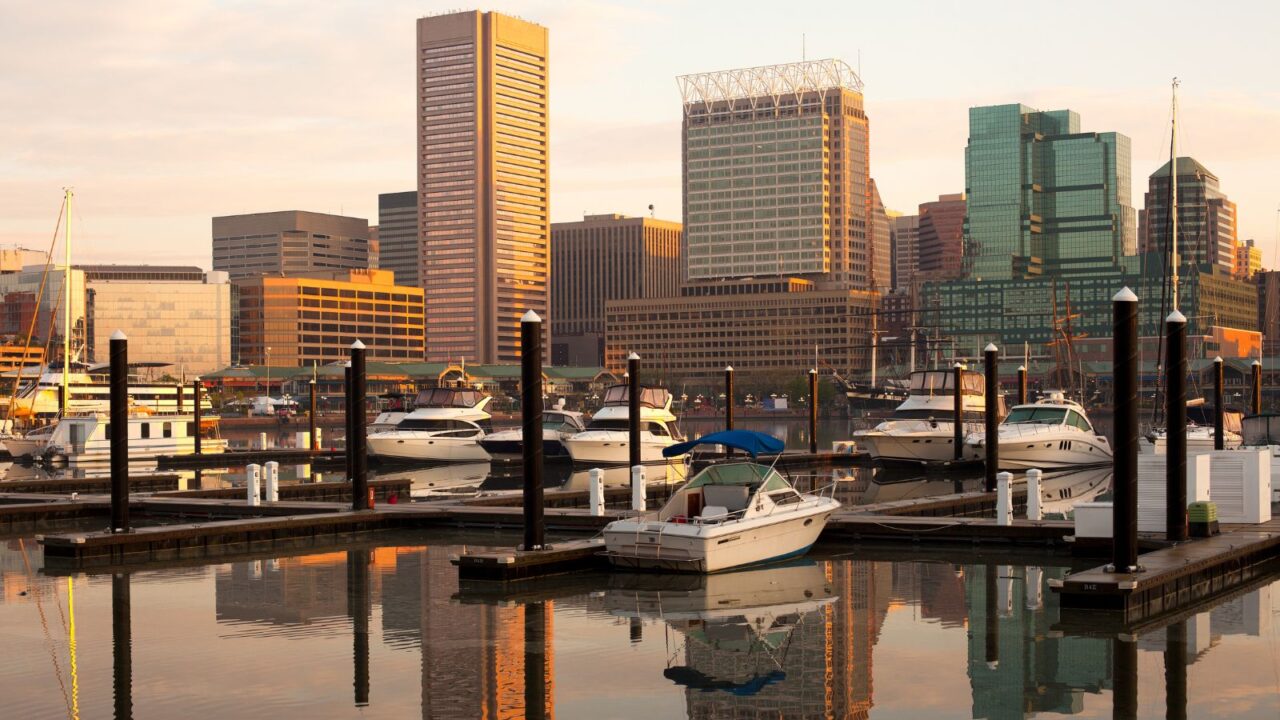
The Most At-Risk Areas for Flooding
Wondering if your destination is safe? Flash floods tend to hit hardest in a few key spots: low-lying areas, riverbanks, urban zones with poor drainage, and coastal cities. That covers a lot of popular tourist spots on the East Coast.
Even if a place looks safe, water can rush in from nearby flooding. If you’re staying in or near one of these zones, always have a backup plan. Know where the higher ground is and check local alerts before heading out.
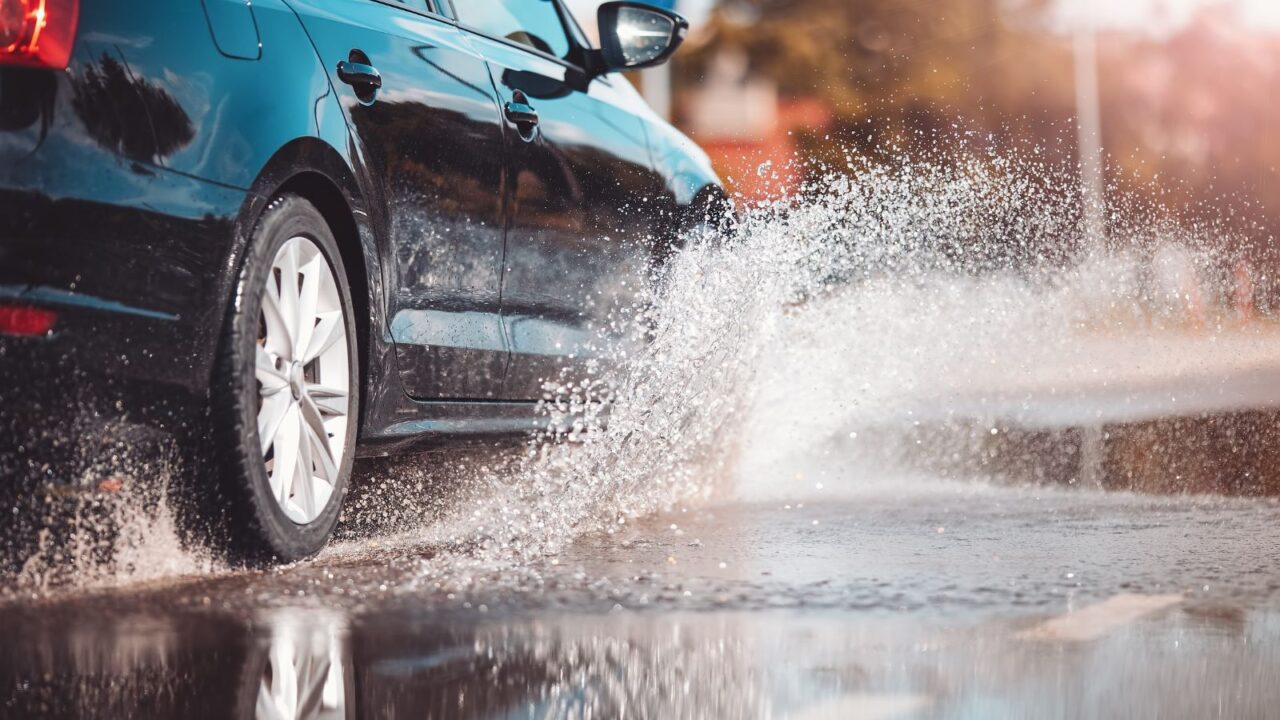
Why Driving During Floods Is a Bad Idea
Think you can drive through a little water? Think again. Over 50% of flash flood deaths happen in vehicles. Just two feet of water can sweep away most cars, and SUVs aren’t immune either.
What’s worse, water on roads often hides sinkholes, debris, or open manholes. If you see water covering the road, don’t risk it.
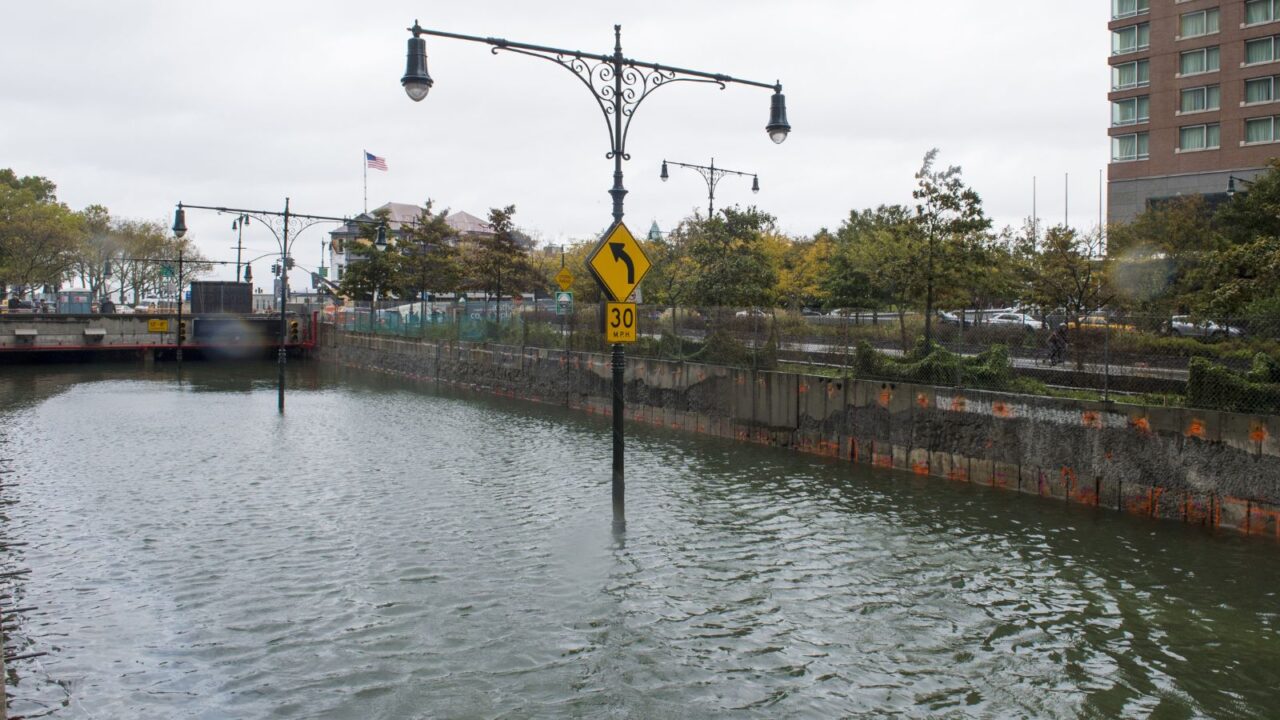
Walking in Floodwater? Dangerous and Deadly
You might think wading through water is harmless, but it’s one of the riskiest things you can do. As little as six inches of moving water can knock an adult off their feet. Plus, floodwater hides dangers like sharp debris, open manholes, or live power lines.
Even shallow water can have a strong, unexpected current. If you’re caught outside, avoid walking in any moving water. Find higher ground and stay put until it’s safe. When in doubt, don’t risk stepping in.
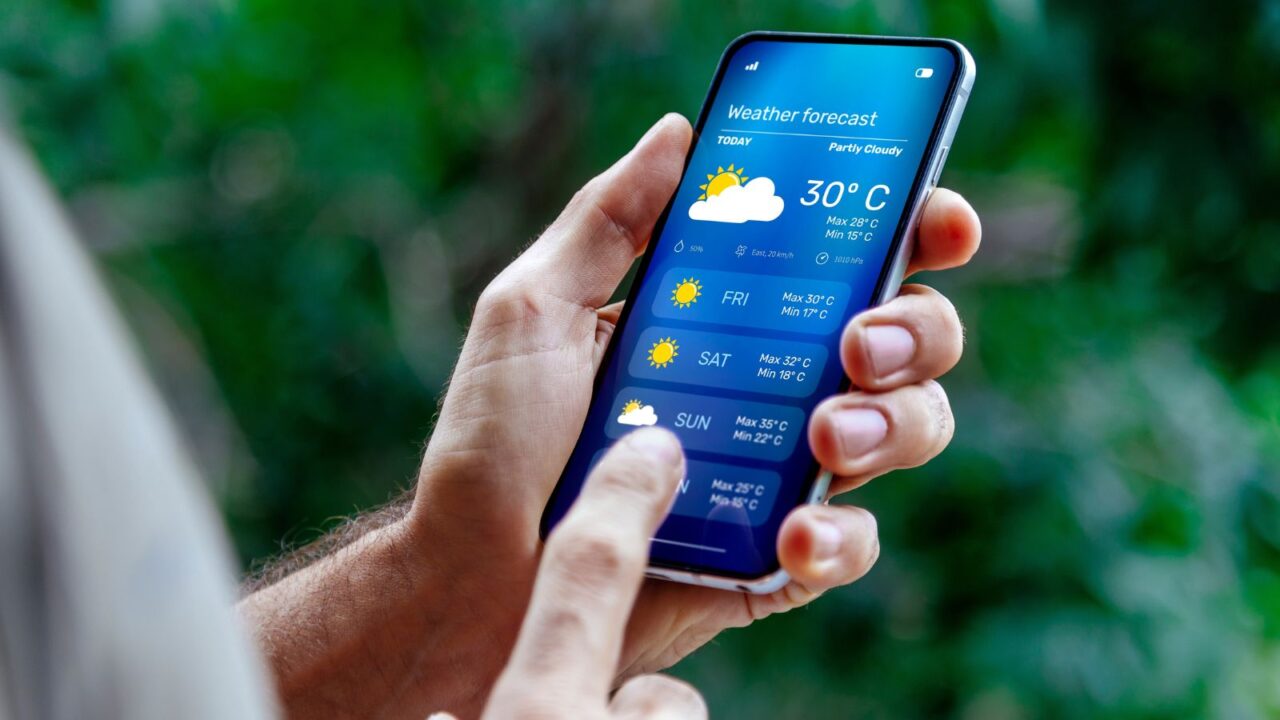
Before You Travel
Before you pack your bags, check the weather forecast for your destination and route. Look for Flash Flood Watches, Warnings, or Emergencies from the National Weather Service. Don’t assume sunny skies now mean no trouble later.
Storms can move in fast and hit hard. It’s also smart to sign up for local weather alerts or download a reliable weather app. Getting the latest info on your phone can save you from walking right into a dangerous situation.
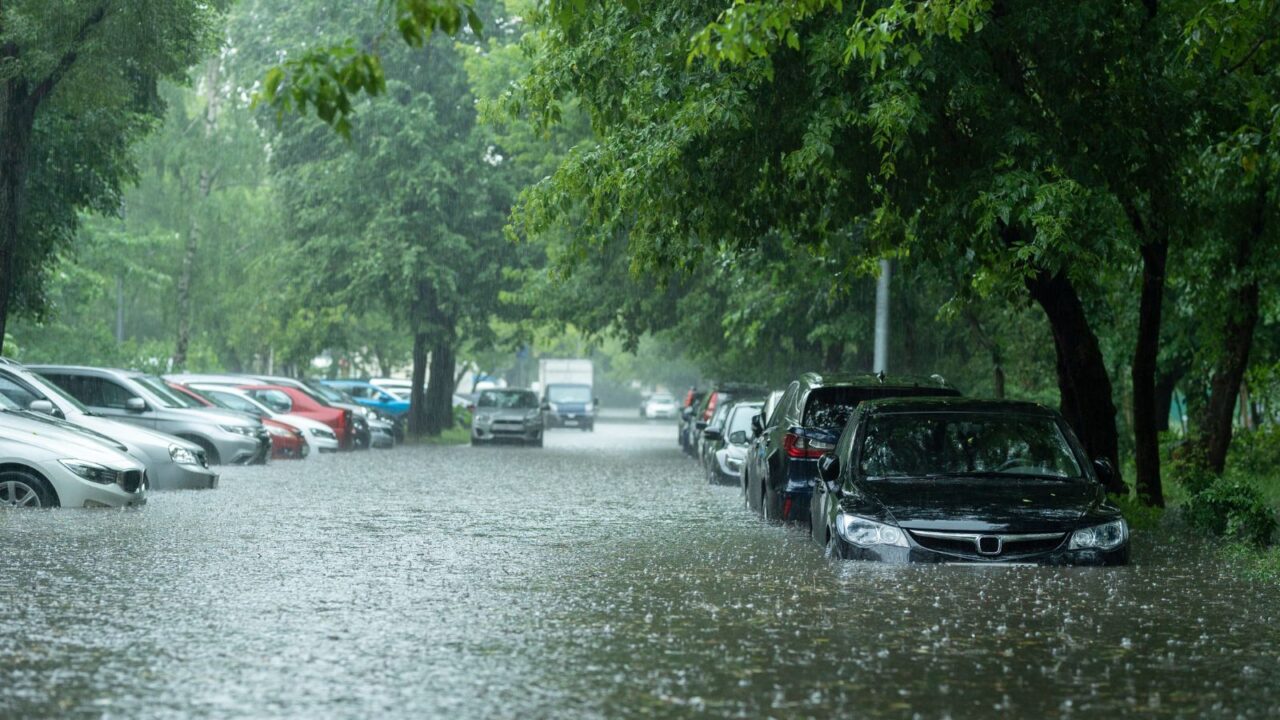
Plan Your Escape Route
When you’re in a flood-prone area, knowing where to go is just as important as knowing where you are. Before setting out, map out some evacuation routes, especially ones that head to higher ground.
Check if your hotel or rental is in a flood zone. If it is, ask about their emergency plans. A few minutes of planning can save hours of panic later.
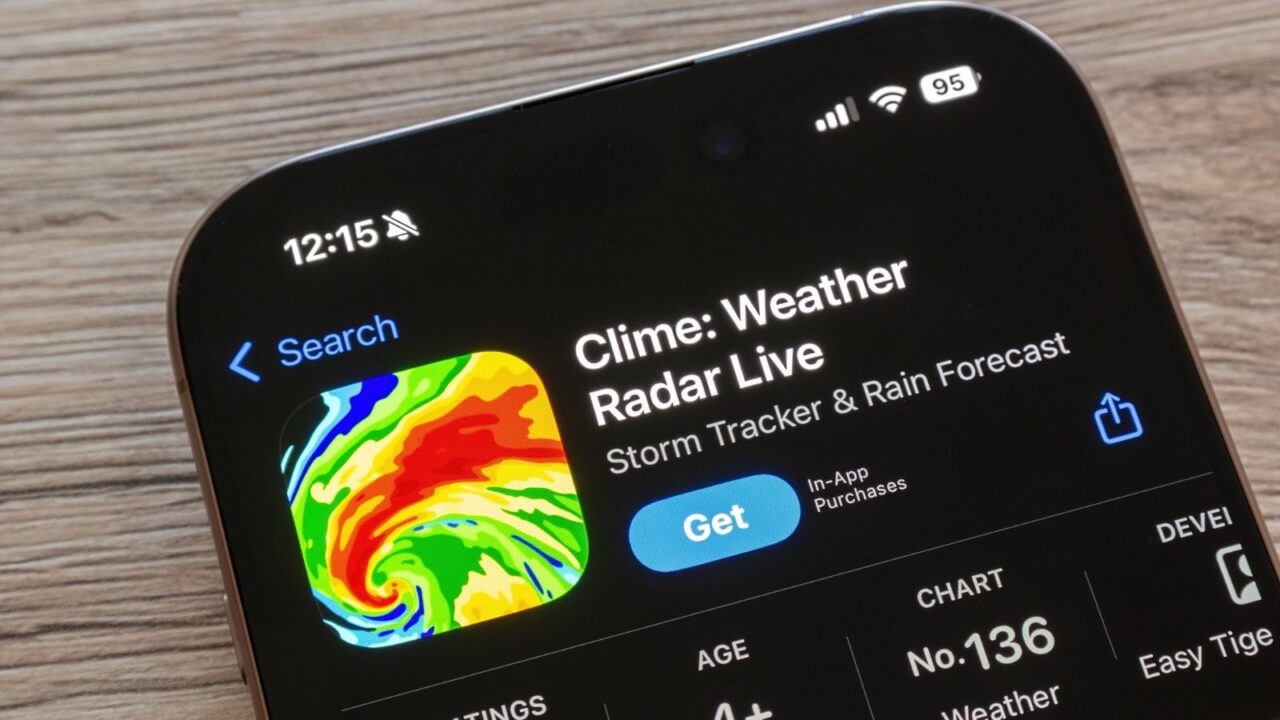
Download These Safety Apps
Your phone is your best travel buddy in emergencies, if you have the right apps. Download local emergency apps for real-time alerts. Transit apps can warn you if subway stations or bus routes are closed due to flooding.
NOAA Weather Radar Live and FEMA’s app are great options for keeping tabs on flash flood alerts. Don’t forget to allow notifications so you’ll get the info as soon as it’s out.
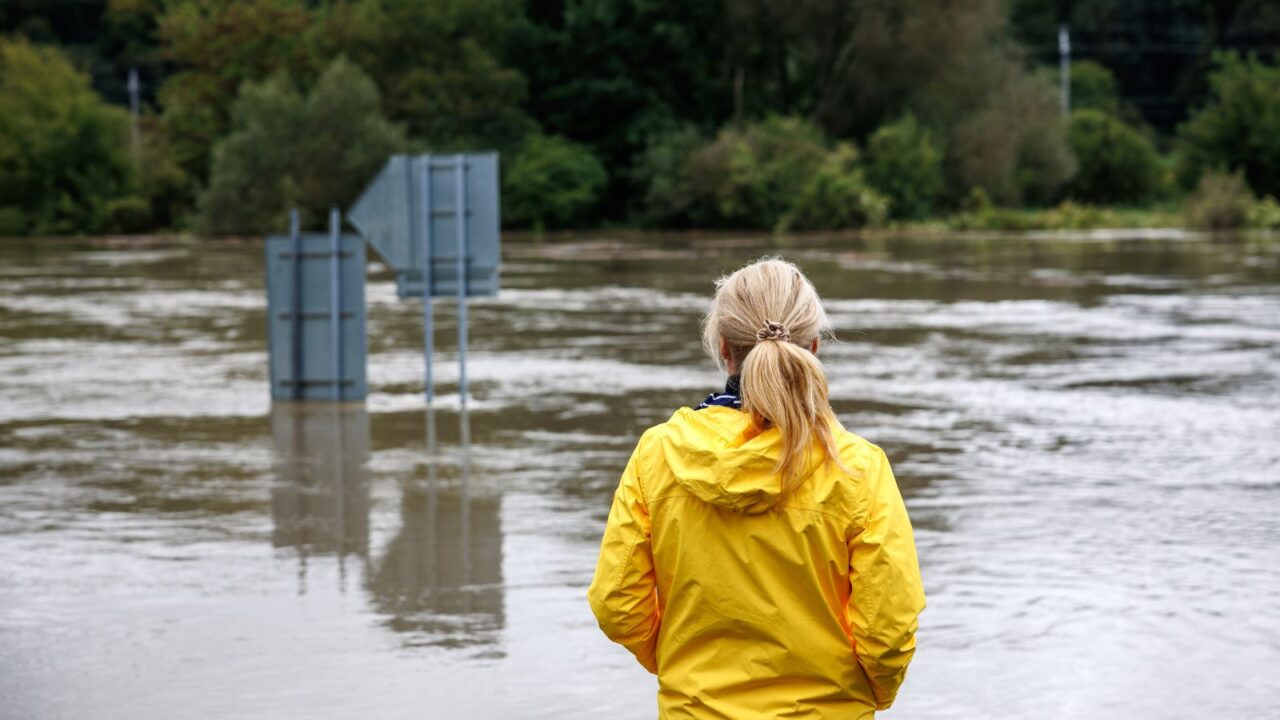
Caught in a Flash Flood? Here’s What to Do
If you’re caught in a flash flood, move to higher ground immediately. Don’t stay in your car or try to walk through water. Avoid subways, underpasses, or low tunnels; they can flood without warning.
If you’re indoors, head to the highest floor, but avoid basements or lower levels. Listen to local authorities and follow their evacuation advice.
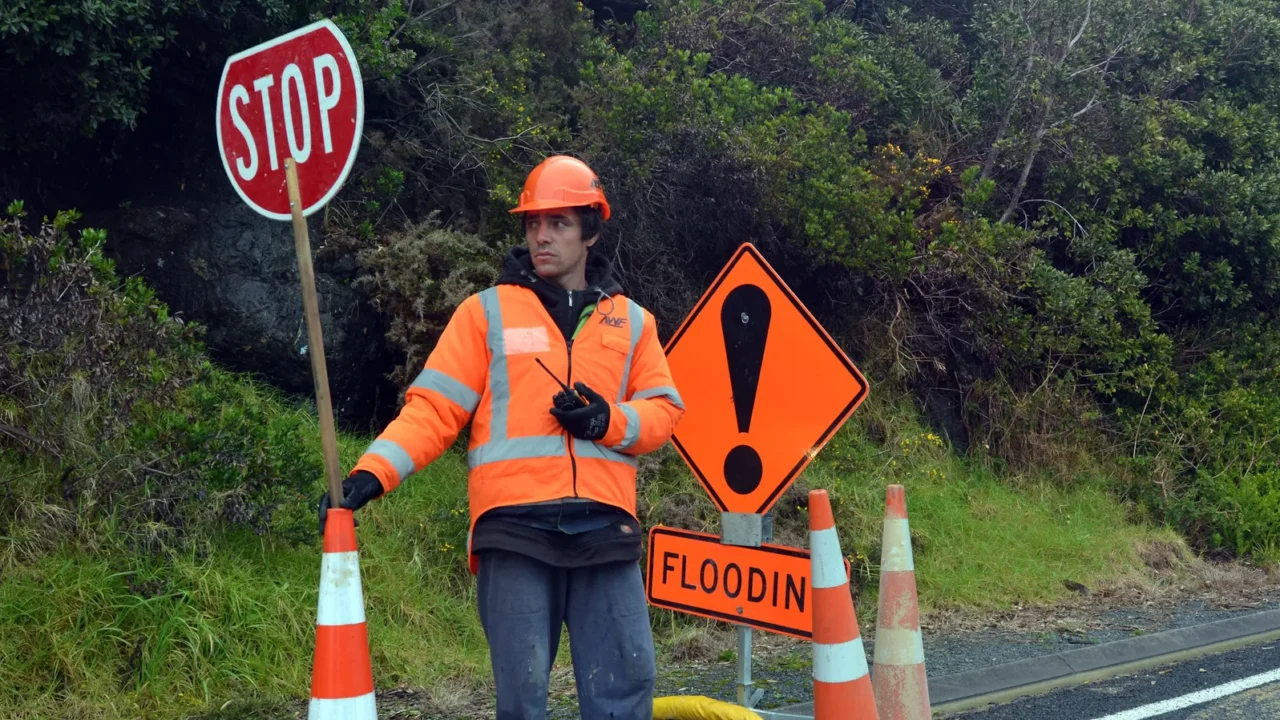
After the Storm
Just because the rain stops doesn’t mean everything goes back to normal. Expect ongoing delays on public transport, highway detours, and maybe even flight changes for a day or two after the storm passes.
Some attractions, parks, or coastal areas may stay closed until they’re cleared and safe again. If you’re traveling after a major flood, check with your airline, hotel, or local authorities before heading out.
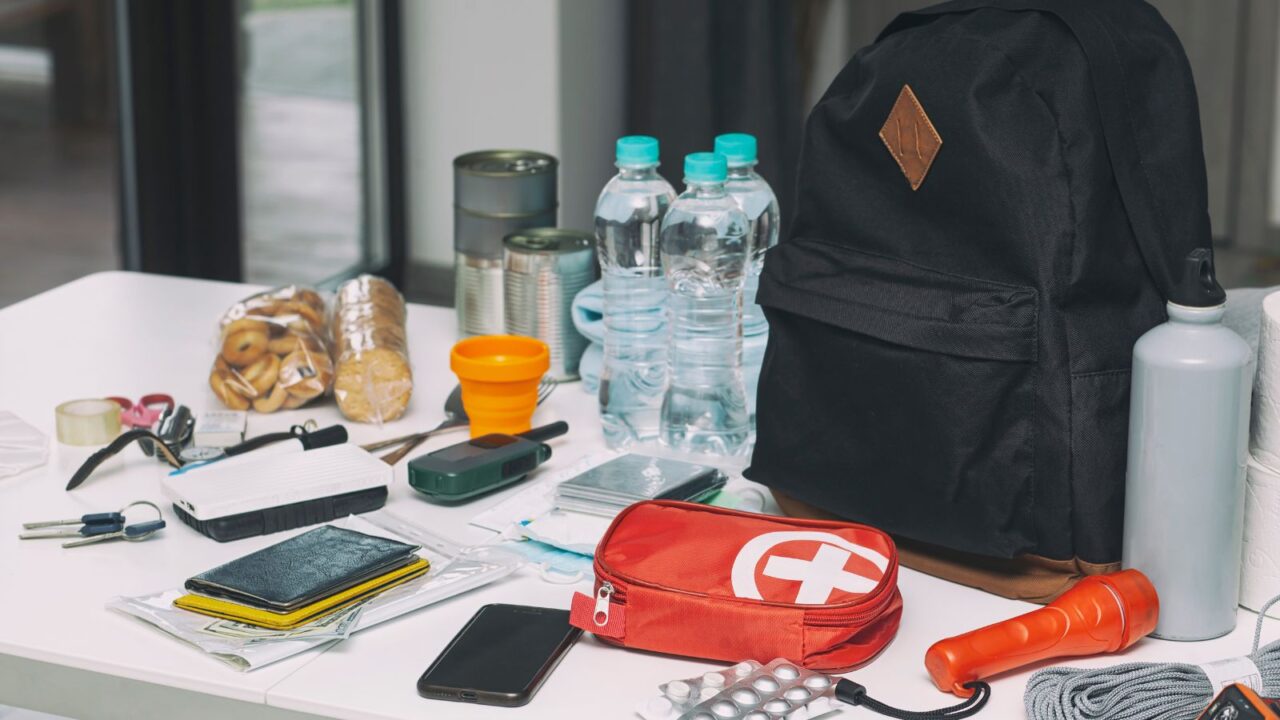
Staying Safe Means Packing Smart
Flood season isn’t the time to overpack. Keep your luggage light and portable in case you need to move fast. Always have a small emergency kit with bottled water, snacks, a flashlight, basic first aid, and a phone charger or power bank.
If you’re carrying electronics, use waterproof bags or cases. And don’t forget a printed copy of your travel plans and emergency contacts.
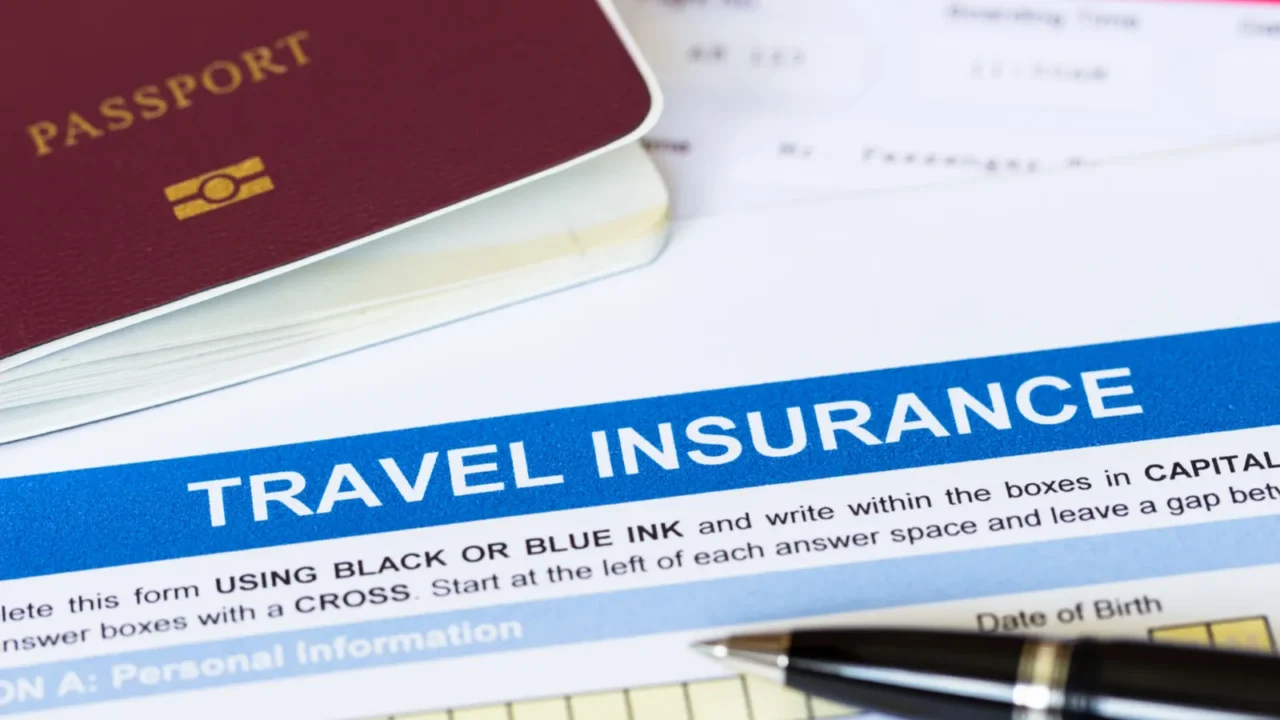
Consider Travel Insurance
If flash floods change your plans, having the right insurance can save you a lot of headaches and money. Look for travel insurance policies that specifically cover weather-related delays, cancellations, or evacuations. Not all basic policies include this, so read the fine print.
Whether you’re booking a flight, hotel, or tour, knowing you have coverage in case of a storm gives you peace of mind.

Your Quick Safety Reminders
Let’s wrap it up with a few key reminders:
- Never drive through floodwaters. Turn around, don’t risk it.
- Watch for updated weather alerts; conditions change fast.
- Plan evacuation routes before you go.
- Pack light with essentials ready.
- Stay flexible, delays are common after storms.
Traveling smart is about staying ahead of the weather and respecting the risks. Flash floods may come fast, but with good planning and a little caution, you can stay safe and enjoy your trip.
Got a flood story or tip? Share it with us in the comments.
Read More From This Brand:
- The Ultimate Weekend Road Trip Plan for Scenic Highway Lovers
- The Best Walkable Cities for a Car-Free Getaway
- The Most Iconic Hotel Buildings Around the World
Don’t forget to follow us for more exclusive content right here on MSN.
This slideshow was made with AI assistance and human editing.